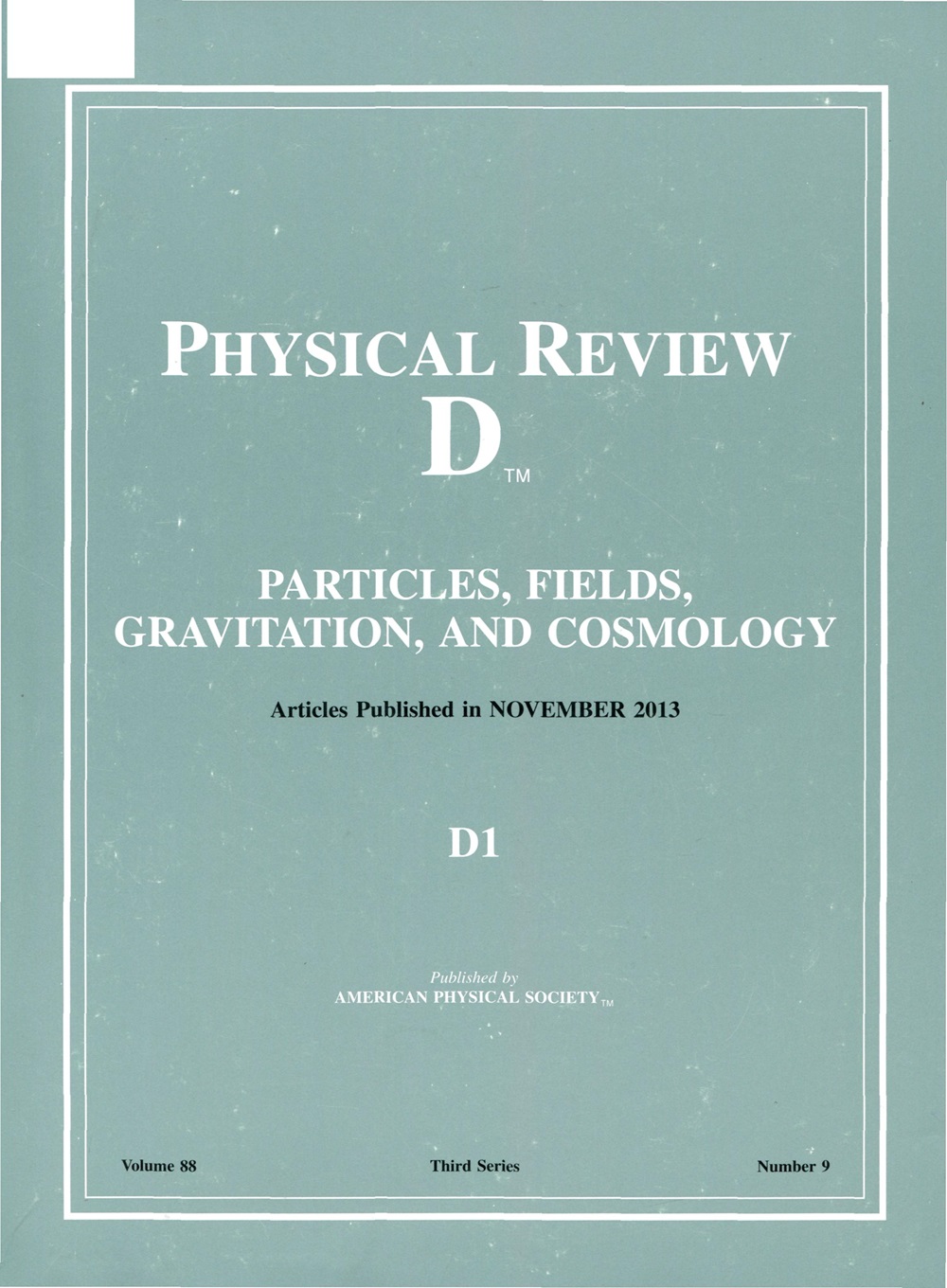Data-driven approach for modeling the temporal and spectral evolution of kilonova systematic uncertainties
IF 5
2区 物理与天体物理
Q1 Physics and Astronomy
引用次数: 0
Abstract
Kilonovae, possible electromagnetic counterparts to neutron star mergers, provide important information about high-energy transient phenomena and, in principle, also allow us to obtain information about the source properties responsible for powering the kilonova. Unfortunately, numerous uncertainties exist in kilonova modeling that, at the current stage, hinder accurate predictions. Hence, one has to account for possible systematic modeling uncertainties when interpreting the observed transients. In this work, we provide a data-driven approach to account for time-dependent and filter-dependent uncertainties in kilonova models. Through a suite of tests, we find that the most reliable recovery of the source parameters and description of the observational data can be obtained through a combination of kilonova models with time- and filter-dependent systematic uncertainties. We apply our new method to analyze AT2017gfo. While recovering a total ejecta mass consistent with previous studies, our approach gives insights into the temporal and spectral evolution of the systematic uncertainties of this kilonova. We consistently find a systematic error below 1 mag between 1 to 5 days after the merger. Our work addresses the need for early follow-up of kilonovae at earlier times, and improved modeling of the kilonova at later times, to reduce the uncertainties outside of this time window.千新星系统不确定性的时间和光谱演变建模的数据驱动方法
本文章由计算机程序翻译,如有差异,请以英文原文为准。
求助全文
约1分钟内获得全文
求助全文
来源期刊

Physical Review D
物理-天文与天体物理
CiteScore
9.20
自引率
36.00%
发文量
0
审稿时长
2 months
期刊介绍:
Physical Review D (PRD) is a leading journal in elementary particle physics, field theory, gravitation, and cosmology and is one of the top-cited journals in high-energy physics.
PRD covers experimental and theoretical results in all aspects of particle physics, field theory, gravitation and cosmology, including:
Particle physics experiments,
Electroweak interactions,
Strong interactions,
Lattice field theories, lattice QCD,
Beyond the standard model physics,
Phenomenological aspects of field theory, general methods,
Gravity, cosmology, cosmic rays,
Astrophysics and astroparticle physics,
General relativity,
Formal aspects of field theory, field theory in curved space,
String theory, quantum gravity, gauge/gravity duality.
 求助内容:
求助内容: 应助结果提醒方式:
应助结果提醒方式:


